| 1 | Man bites snake back |
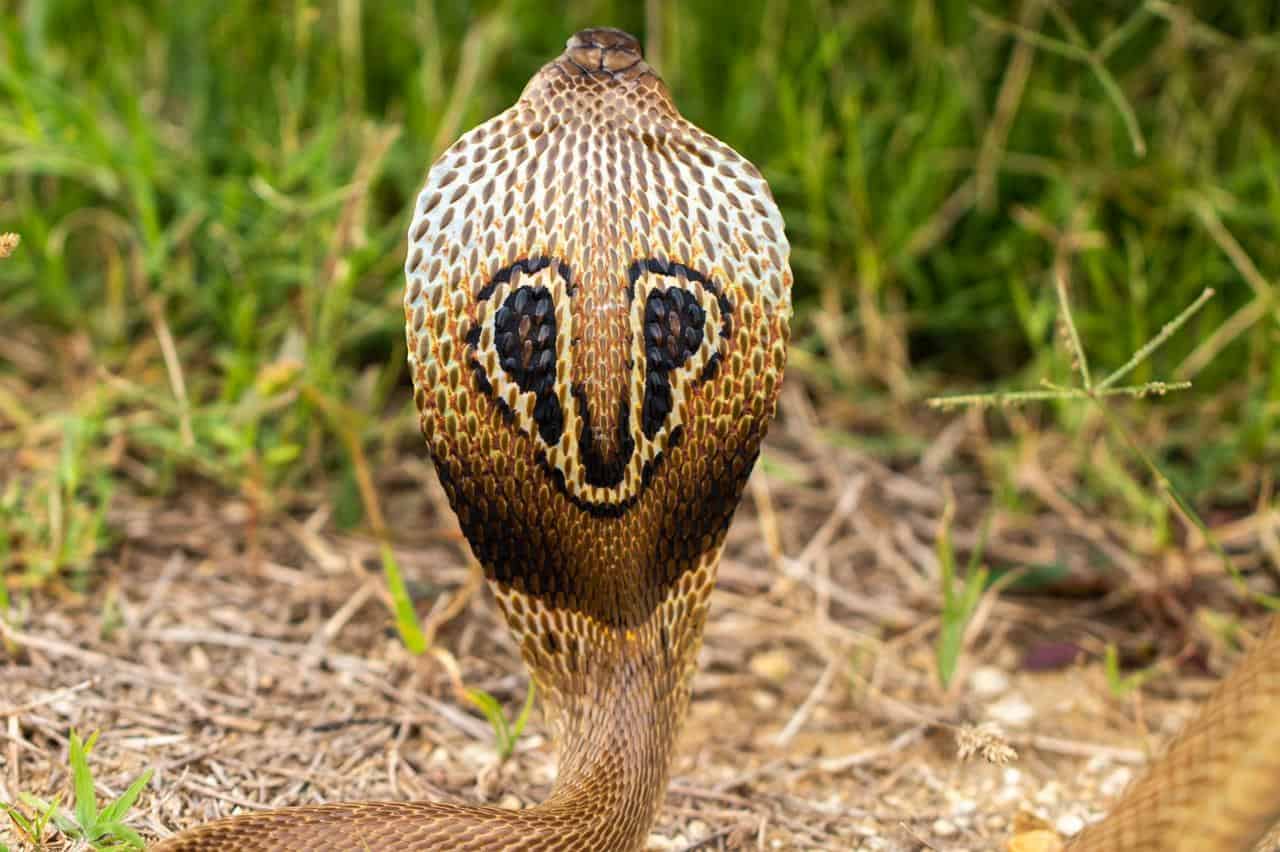
In August 2012, Mohammed Salmodin was working in his rice paddy field, 125 miles southeast of the Nepali capital of Kathmandu. His field secretly had another occupant, and the 55 year old soon found himself bitten by a common cobra (Naja naja), one of Nepal’s worst species. Nepal records an average of 20,000 snake bites per year, and 1000 deaths. The farmer flew into a rage, and did the logical thing: he bit it back. The man bit the cobra repeatedly, so savagely that the snake eventually died.
At first, Salmodin saw no need to go to hospital, and went about his duties, but reluctantly sought treatment after pressure from family and friends. The man avoided being charged, as the cobra wasn’t a protected species. Soon, his story was all over international media.
Despite his rage, the man had sound reasons for his decision. As he told the BBC: “A snake charmer told me that if a snake bites you, bite it until it is dead and nothing will happen to you”.
| 2 | Eggs hatch in boy’s cupboard |
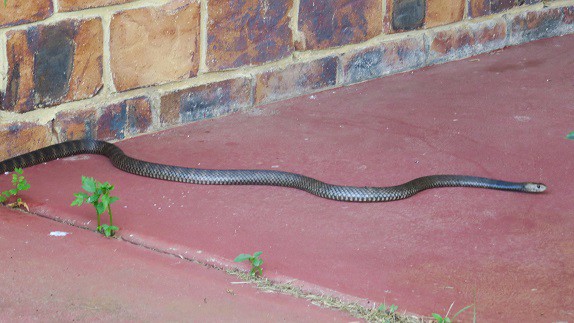
This story has the lesson of never picking up random eggs, particularly when you’re in Australia. Kyle Cummings was a 3 year old toddler who found 9 eggs in his garden. He showed them to his mother, who gave him a plastic container, which he stashed away in his cupboard. Cummings then forgot about the eggs, but when he opened the cupboard several days later, he was greeted by the sight of 7 snakes.
They proved to be eastern brown snakes, which have the second most toxic venom of any land snake. Eastern browns are responsible for the majority of Australian snake fatalities. Two of the eggs were rotten, most likely infertile, while the hatchlings already measured 12-15cm.
Reptile specialist Trish Prendergast was soon called in. The deadliest fact is that eastern brown snakes don’t usually abandon their eggs, so a vicious adult could have been close by. “He’s very lucky he didn’t encounter the mother while he was taking her eggs,” said Prendergast. Eastern brown snakes possess venom from day 1, although their fangs are mere millimetres and might struggle to pierce human skin. The hatchlings were released into the wild.
| 3 | Scotland gains a snake species |
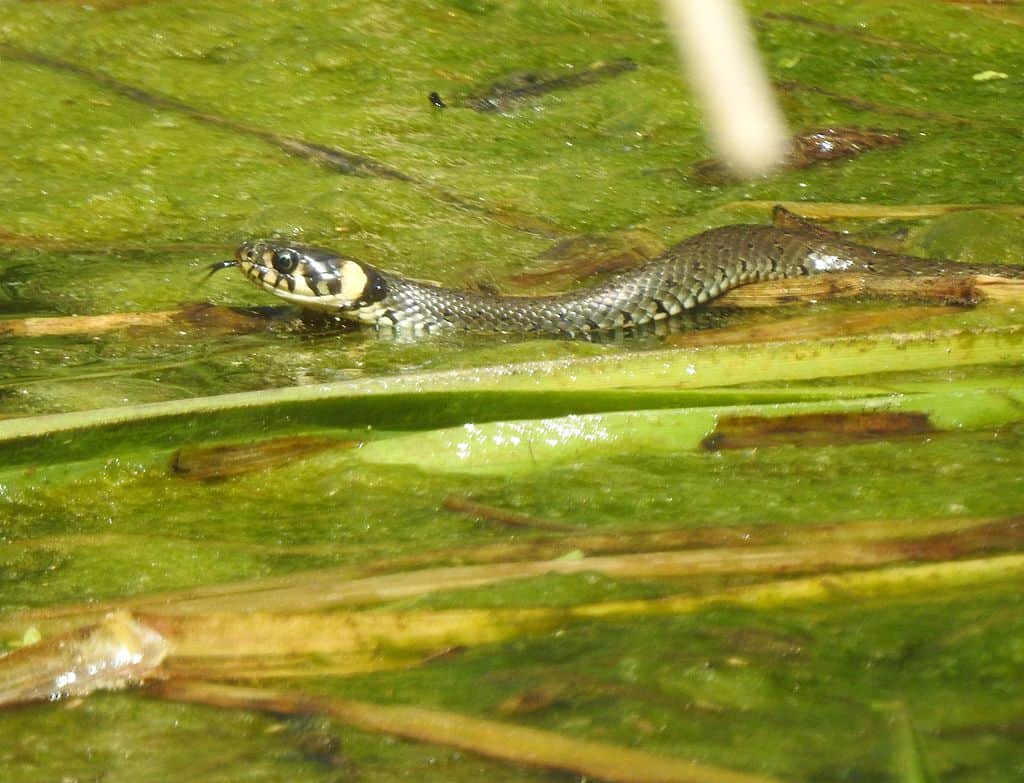
The grass snake is Britain’s signature snake, but only occupies England and Wales. It doesn’t cross the northern border into Scotland – not officially anyway. 2012 saw a gamechanging announcement from Chris Cathrine, head of the Clyde Reptile and Amphibian Society. The story started in Upper Nithsdale, when Cathrine was resting on a raft of vegetation in a pond, searching for great crested newts. Instead, he accidentally flushed out a grass snake. Cathrine had an excellent view of the distinctive white neck band as it sped away into the pond.
“I nearly fell into the water in surprise”, he said. He was inspired to search for more sightings, and came up with 6 in Dumfries and Galloway, 3 of which were officially verified. A further 3 were deemed likely true, and there were many sightings around Loch Lomond. He also found two sightings in Aberdeenshire.
Scientists hailed Cathrine’s forensic approach and believed the report was credible. The debate was over the origin. Some thought that global warming was to blame, but others believed them to be escaped pets, or stowaways on the backs of lorries of hay and straw. The complete study was published in 2014, arguing that grass snakes were probably well embedded and not a recent arrival because of climate change.
| 4 | Mosaic sea snake is born |
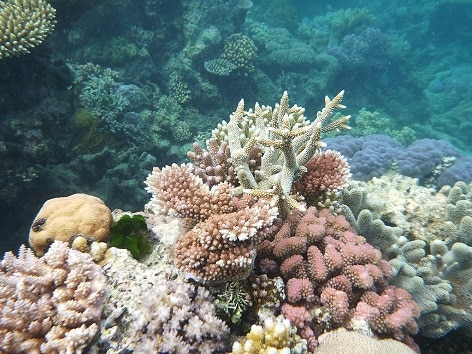
Sometimes, scientists don’t realise that a grand new discovery is lurking under their eyes all along. Since the 1800s, the Copenhagen Natural History Museum had hosted a dusty old jar, stuffed with the preserved remains of a sea snake collected near northern Australia. It was one of many such jars, stashed in rows alongside each other, sometimes to be re-examined, often to be forgotten for decades (even centuries).
In 2012, scientists re-examined the old specimen of what they believed to be Aipysurus eydouxii, an egg-eating sea snake that lives in coral reefs. After comparing it to numerous sea snakes in museums across Europe, they concluded that it was clearly a separate species.
The snake had black and white patterns which resembled a Roman mosaic, compared to the duller A. eydouxii. There were also internal differences, such as the skeleton shape and even the position of its heart. The new Aipysurus mosaicus was possibly endangered, living in the pressurised reefs of New Guinea and northern Australia. A. eydouxii specialises in eggs, and it’s possible that the mosaic version is similar. Most new snakes are found in a jungle, but this one was found in a cluttered old museum.
| 5 | Snakes on an Australian plane |

2006 was the year Snakes On A Plane was released, 2012 was the year it came true. The pilot was Braden Blennerhassett, the plane was a twin-engine Beechcraft Baron G58. It started 20 minutes after takeoff from Darwin airport, when he saw a slight movement out of the corner of his eye. Then between the instrument panel and the dashboard, a golden snake head popped up.
Soon the snake was slithering down his leg. Blennerhassett was terrified, as he had no idea what species it was. He had heard of crocodiles on planes before, but not this. Blennerhasset started to turn the plane around, and rang Darwin air traffic control. “I’m going to have to return to Darwin. I’ve got a snake on board the plane” said his crackling voice. The airport staff were initially sceptical, but took the pilot seriously when he requested a pro reptile handler.
The plane landed, but somehow the snake escaped. Staff installed traps with dead mice, but to no avail. Wildlife ranger Sally Heaton believed that the serpent was a golden tree snake, though nothing was proven.
| 6 | Black mamba to soothe pain |

A black mamba’s venom is a swirling soup of 50 plus toxins, which can combine to end a man’s life within 20 minutes. French scientists investigated this venom for a nobler purpose: ending pain. They wanted an alternative to opioids, with their addictive properties and numbing of effectiveness over time.
So they extracted two toxins from black mamba venom called mambalgins, and tested them on mice, who had hot water poured over their tails and paws. The mambalgin mice withstood the pain for twice as long. They found that while opioids faded in effectiveness after day 5, the mambalgins’ benefits lingered longer. Opioids like fentanyl bind to opioid receptors, but the mambalgins bind to acid-sensing ion channels, or ASICs. These are pores in neuronal membrane which have long shown a connection to pain in studies. The black mamba toxins worked when injected into mouse brains, paws or spines.
The scientists’ next plan was to test humans, and experiments blocking ASICs had already shown benefits. A painkiller reverse engineered from cone snail venom was on the market, and scientists hoped that black mamba painkillers would join it.
| 7 | Vietnam bus chaos |

2012’s regular dose of snake-related public transport mayhem happened in Vietnam, in the bustling streets of Da Nang City. The scene this time was a bus, which was evacuated after dozens of snakes broke loose and started slithering everywhere. One minute, order reigned, the next minute there were snakes left, right and centre. The bus was travelling from Da Nang City to Quy Nhon City in October 2012. According to a police-run newspaper, An Ninh Thu Do, the snakes came from two sacks which had been handed to the bus driver for safe delivery.
“I felt something tickle my legs and saw a snake” said Huynh Thi Diep. It was Diep’s scream that alerted the passengers of the danger. The venomous kraits were all caught or killed within 30 minutes, but not before the passengers fled. A police investigation was launched, and the driver claimed that he didn’t know the contents of the sacks. Snake wine is wildly popular in Vietnam, and kraits are the most common species used to brew it.
| 8 | Giant constrictors banned |
The problem of Burmese pythons roaming the Florida everglades had been bubbling away for years, but it seem that the 2011 snake headline of one eating a 76 pound deer was the final wake up call. In January 2012, the government announced that 4 exotic snake species would be banned from import: Burmese pythons, northern and southern African rock pythons, and yellow anacondas. This applied to eggs and live specimens, across the entire US. Existing pet owners would not be affected. The pythons had already hurt endangered Florida wildlife like Key Largo wood rats and wood storks.
Five more large constrictors were still under consideration, including reticulated pythons and boa constrictors. It was now estimated that thousands of Burmese pythons were out there in the Florida wilderness, far beyond the manicured comfort of golf courses.
The ban was scheduled to be in place by March 2012 and would fall under the Lacey Act for illegal wildlife tracking. This would enforce a $250,000 dollar fine and maximum 5 year prison stay for those determined to import the pythons. Despite originating in southeast Asia, the everglades is such perfect habitat for the Burmese python that it’s like the species’ international holiday resort.
| 9 | Infamous anaconda incident |
In 2012, a video went viral, hitting 700,000 views. It had the title of “Giant Anaconda Regurgitates a Whole Cow”, and began with a grotesque snake-like object writhing around in water. The setting is a jungle lagoon, and slowly, a pair of legs and a black and white emerge. With all the disturbing writhing, its impossible to tell what’s what. Over 105 horrifying seconds, more and more cow emerges, and the lower body of an anaconda is seen slithering off slowly, to new adventures yet to be experienced.
The disturbing video inspired a feverish debate. Some argued that it was really a capybaro. Biologists denied this, as its legs and colour were completely wrong. Brainiacs whipped out their history books and pointed to the all time prey size record: a 135 pound impala eaten by an African rock python in 1955. The warring arguments showed no sign of dying down; others just planned to run for their lives.
Finally, snake expert Frank Indiviglio chimed in. This was a man who had seen an anaconda swallow a 5 foot Caiman crocodile, which it took the entire day to kill. He argued that the regurgitated cow was in fact a goat. Moreover, he pointed out that anacondas normally regurgitate prey when feeling threatened, as it’s impossible to move quickly with such a heavy object inside them. Therefore, the plot twist was that the cameraman may have caused the “cow” to be regurgitated in the first place! Either way, the exact animal was never conclusively pinpointed.
| 10 | Dog shields woman |
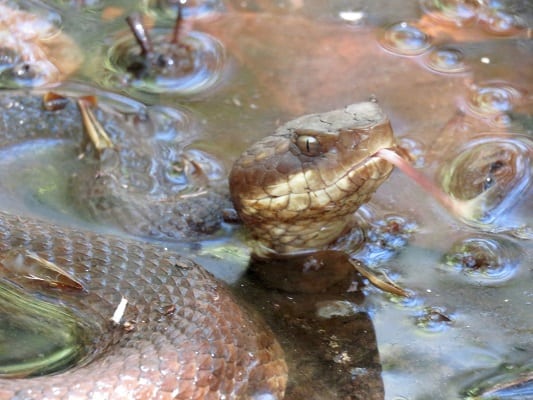
Gudrun Mastriano was a Florida woman looking after Dante the dog just temporarily, while her son and daughter in law settled into a military base in Madrid. One day in 2012, while out for a spot of exercise, a highly venomous cottonmouth leapt from nowhere and struck just inches from her feet. The next strike wouldn’t miss – the moment was bleak.
But sensing danger, Dante leapt in front of Mastriano, and seized the cottonmouth in his jaws. Despite the snake’s relentless biting of his face, Dante hurled the cottonmouth into the distance with a massive swing of his neck. He had saved his master’s life, but now, Mastriano scooped Dante up and immediately drove him to an emergency veterinary clinic in Winter Haven.
He had taken a heavy hit, and required 7 doses of hyperbaric oxygen treatment, each costing $125. His snout swelled by 17 inches, and when he finally arrived in Spain, he looked like a baby hippopotamus. The timing was handy, as the incident happened just 1 week before Dante was set to leave Florida. For Mastriano, no dog would have meant no survival.
